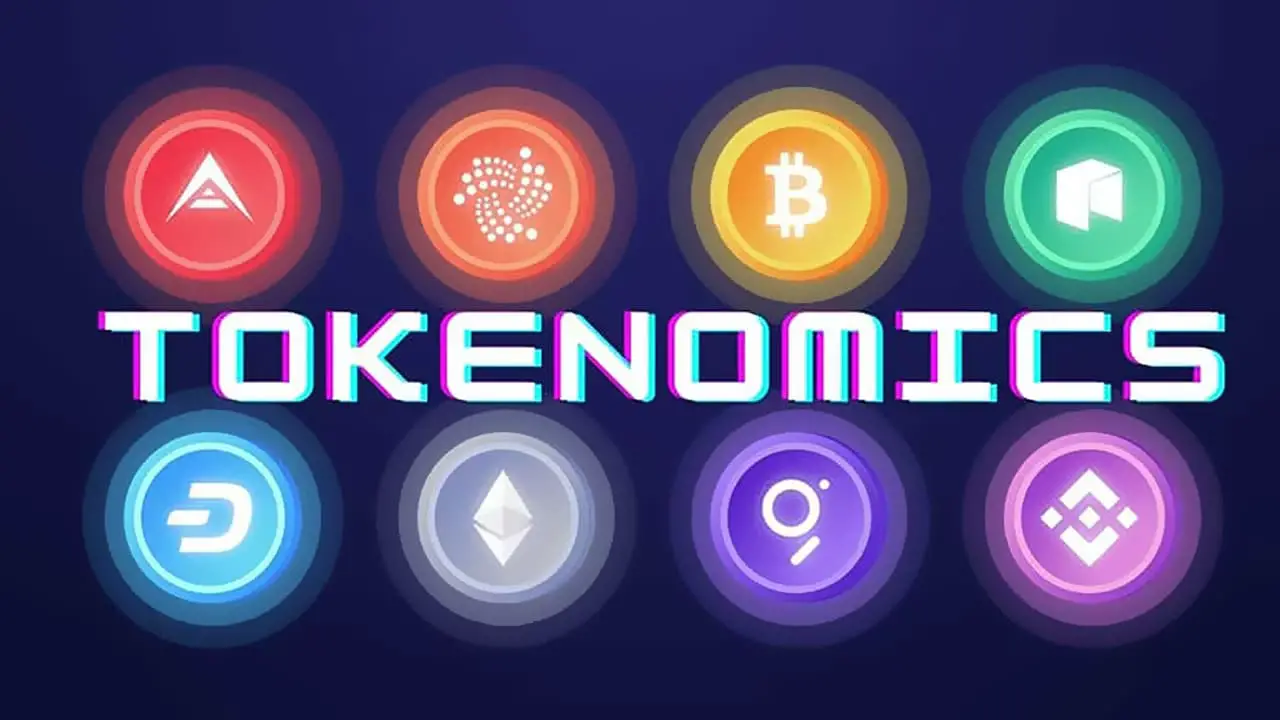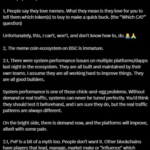
Tokenomics, the economic framework that governs a blockchain project, is essential to its success. It involves the design and implementation of a token economy, which includes token supply, distribution, utility, and governance mechanisms.
By carefully crafting these elements, projects can incentivize user behavior, foster community growth, and ensure long-term sustainability. Tokenomics plays a vital role in aligning the interests of various stakeholders, including token holders, developers, and the broader community.
By understanding and effectively utilizing tokenomics, blockchain projects can unlock their full potential and drive innovation in the digital age.
The Importance Of Tokenomics
Tokenomics plays a pivotal role in driving the success and sustainability of blockchain projects. By carefully designing and implementing token economics, projects can incentivize user participation, align stakeholder interests, and secure funding for development.
Incentivizing Network Participation
A well-designed tokenomics model can effectively incentivize users to contribute to the network. Projects can create a virtuous cycle of growth and development by rewarding users with tokens for activities such as staking, trading, or providing liquidity.
Token rewards are a powerful motivator, attracting and retaining active users who contribute to the network’s overall value.
Aligning Interests of Stakeholders
Tokenomics can be a powerful tool to align the interests of various stakeholders, including token holders, developers, and the broader community. By granting token holders voting rights and decision-making power, projects can foster a sense of ownership and encourage active participation.
Token vesting, a mechanism that gradually releases tokens over time, can help ensure long-term project sustainability by aligning the interests of token holders with the project’s long-term goals.
Funding Project Development
Token sales and fundraising initiatives provide a crucial source of capital for blockchain projects. By selling tokens to investors, projects can raise funds to finance development efforts, marketing campaigns, and team expansion.
A well-designed token distribution model is essential to ensure fair allocation of tokens among various stakeholders, including early contributors, team members, and investors. This helps to foster a solid and supportive community around the project.
Enabling Decentralized Governance
Tokenomics empowers token holders to participate in the governance of the project. By voting on proposals and decisions, token holders can shape the project’s future direction. This decentralized governance model promotes transparency, accountability, and community-driven decision-making.
Creating a Sustainable Ecosystem
A well-designed tokenomics model can create a sustainable ecosystem. By balancing token supply and demand, projects can maintain stable token prices and avoid inflationary or deflationary pressures.
Additionally, tokenomics can incentivize the development of a thriving ecosystem of dApps, services, and tools, further enhancing the value and utility of the token.
Real-World Examples of Successful Tokenomics
To better understand the practical applications of tokenomics, let’s examine two prominent examples: Ethereum and Uniswap.
Case Study 1 – Ethereum
Ethereum, one of the most influential blockchain platforms, has a well-defined tokenomics model. The platform’s native cryptocurrency, Ether (ETH), serves multiple purposes.
It is used as a medium of exchange, a store of value, and a unit of account within the Ethereum ecosystem. Ethereum’s token distribution model involves a combination of pre-mine, ICO, and mining rewards.
One of the most significant developments in Ethereum’s tokenomics is the implementation of the Ethereum 2.0 upgrade. This upgrade introduced a proof-of-stake (PoS) consensus mechanism, enabling users to stake their ETH to secure the network and earn rewards.
Staking has become a popular way for ETH holders to participate in the network’s governance and earn passive income. Additionally, based on gas fees, Ethereum’s fee structure ensures that the network remains incentivized and efficient.
Case Study 2 – Uniswap
Uniswap, a decentralized exchange (DEX) built on Ethereum, has a unique tokenomics model centered around its governance token, UNI. UNI token holders can vote on proposals that impact the protocol’s future.
This decentralized governance mechanism allows the community to shape the direction of the platform. Furthermore, UNI token holders can earn fees generated by the protocol. A portion of the trading fees collected by Uniswap is distributed to UNI holders.
This fee-sharing mechanism incentivizes users to hold and stake UNI, contributing to the platform’s liquidity and security. By aligning token holders’ interests with the protocol’s long-term success, Uniswap’s tokenomics model has fostered a strong and engaged community.
The Role of AI in Tokenomics
AI is revolutionizing the way tokenomics is designed and implemented. By leveraging the power of machine learning and data analysis, AI can optimize token distribution, incentivize user behavior, and mitigate risks, leading to more efficient and sustainable blockchain projects.
AI-Powered Tokenomics Optimization
AI algorithms can analyze market data and user behavior to optimize token distribution and incentives. By identifying patterns and trends, AI can help projects fine-tune their tokenomics models to maximize user engagement and network growth.
Additionally, AI can help identify potential risks, such as token inflation or deflation, and suggest strategies to mitigate these risks.
Besides tokenomics, investors should consider multiple factors when making investment decisions. One such factor is Nearest Edge, an AI-powered trading bot that can analyze market data, identify trends, and execute trades quickly and accurately.
By automating trading strategies, AI-powered bots like Quantum AI can increase market liquidity and reduce price volatility.
However, it’s important to note that while AI-powered trading bots can be a powerful tool, they should be used with caution and under careful supervision. Excessive use of these bots can lead to market manipulation and destabilize the ecosystem.
Wrapping It Up
Tokenomics has emerged as a critical component of successful blockchain projects. Projects can incentivize user participation, align stakeholder interests, and ensure long-term sustainability by carefully designing token distribution, utility, and governance mechanisms.
AI will play an increasingly important role in optimizing tokenomics models and driving innovation as the blockchain industry evolves.




